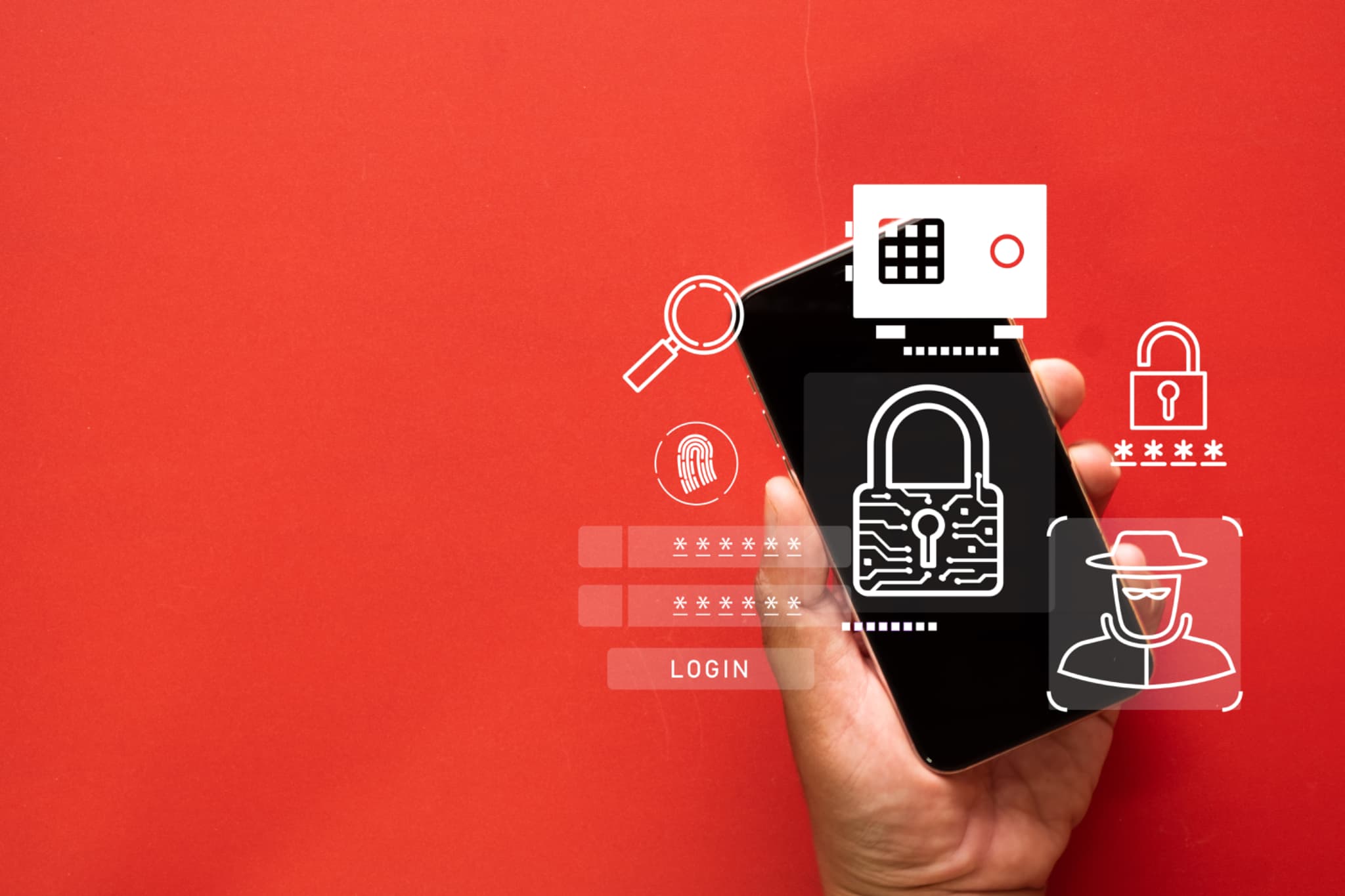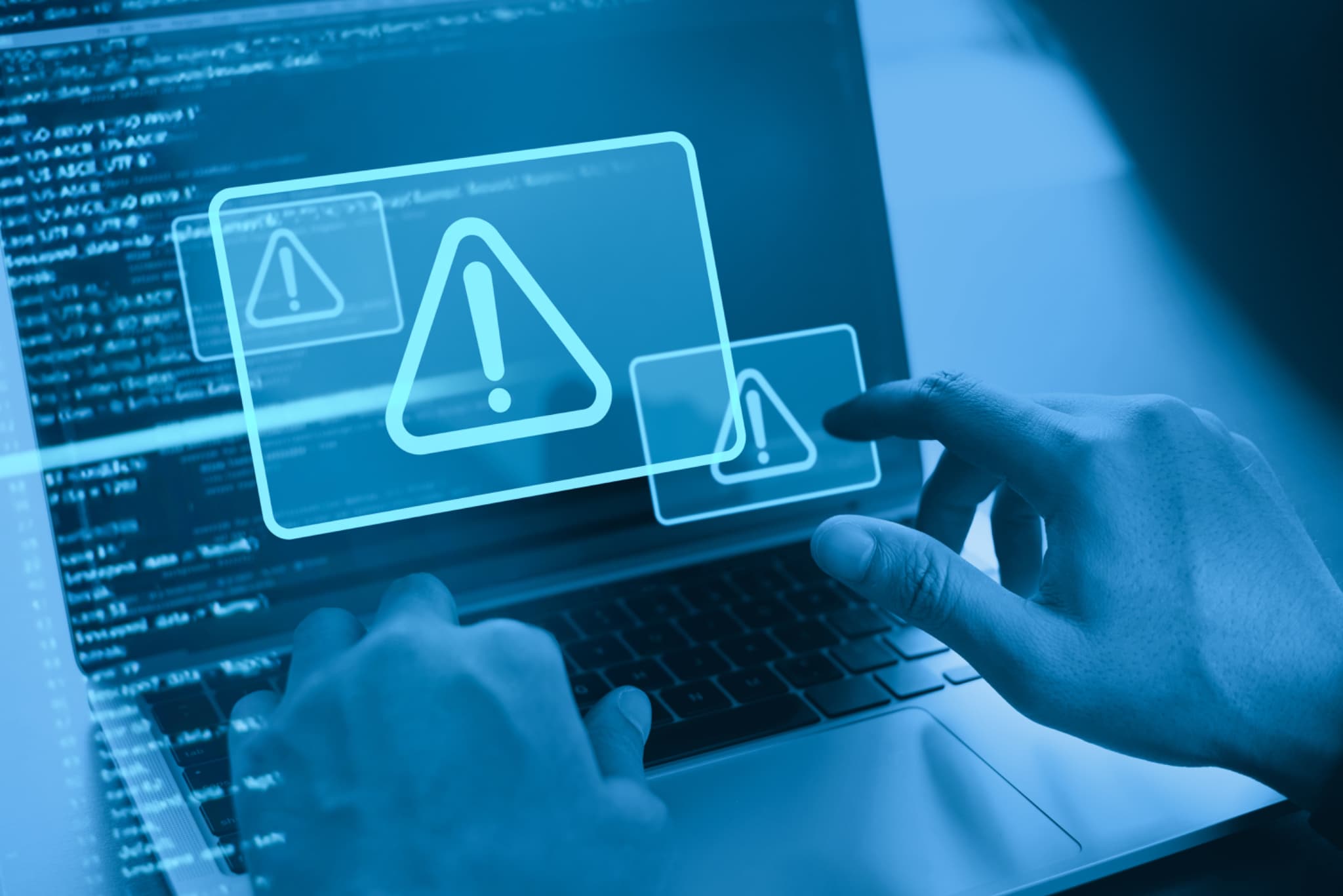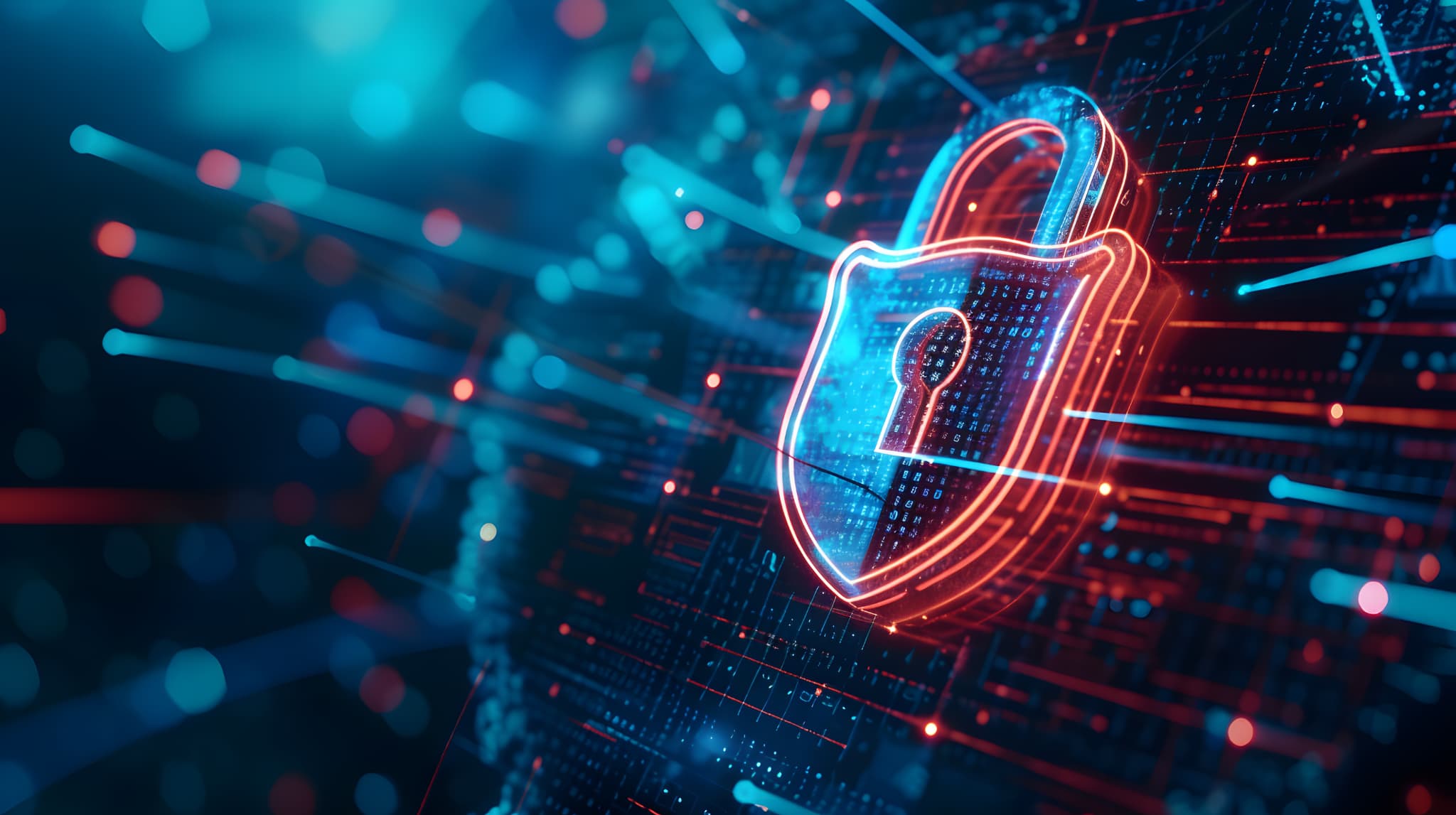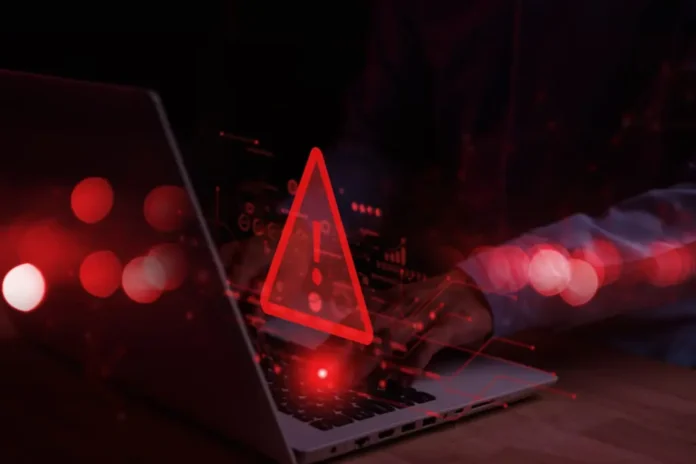table of contents
- 01.What is a security incident?
- 02.What causes security incidents?
- 03.Types of Security Incidents
- 04.Risks posed by security incidents
- 05.Security Incident Examples
- 06.Measures to prevent security incidents
- 07.Response in the event of a security incident
- 08.summary
A security incident refers to an accident or problem related to information security, such as malware infection, unauthorized access, or internal fraud.
Security incidents can occur not only due to external attacks but also due to human error by employees, so companies and organizations are required to take multifaceted measures.
This article explains the causes of security incidents, countermeasures, and how to respond when they occur.
▼What you will learn from this article
- Causes of security incidents
- Risks posed by security incidents
- Measures to prevent security incidents
- Response in the event of a security incident
If you would like to deepen your understanding of security incidents and use this information to strengthen your company’s security, please read this article.
What is a security incident?

A security incident is an accident or problem related to information security, and specifically includes the following:
▼Example of a security incident
- Malware infection
- Unauthorized access
- Information leakage
- Internal fraud
- Service outage (DoS attack, etc.)
If these incidents occur, companies and organizations may suffer significant damage, such as loss of social credibility, business suspension, and financial loss.
In recent years, there have been an increasing number of cases where small and medium-sized enterprises that have a history of doing business with large companies are targeted as stepping stones for cyber attacks in order to steal information from those large companies.
In other words, companies and organizations of any size are constantly at risk of security incidents.
In order to aim for sustainable corporate activities, it is extremely important to establish a system for both “preventing” and “responding” to security incidents.
What causes security incidents?

The causes of security incidents include the following:
- external factors
- Internal factors
- Disasters and external environmental factors
To prevent security incidents from occurring, it is necessary to correctly understand the causes of their occurrence and establish prevention and response policies.
As the first step in information security measures, let’s look at the causes of security incidents.
external factors
External factors mainly refer to attacks from outside.
Specific examples of external factors are as follows:
- Malware (virus) infection
- DDoS attacks and DoS attacks
- Unauthorized access
- Phishing scams
An overview of the attack is provided under the heading “Types of Security Incidents.”
Internal factors
Internal factors refer to threats that lurk within a company or organization.
Major examples of internal factors include the following:
- Email sent to the wrong person
- Inadequate permission management
- Taking out information
- Loss or theft
A large proportion of incidents are caused by internal factors, i.e., employees, and there have been reported cases in which this has led to large-scale information leaks.
Disasters and external environmental factors
Security incidents can also occur due to changes in the external environment, such as natural disasters, power outages, and disruptions to communication infrastructure.
Since it is difficult to prevent disasters and external environmental factors, it is necessary to have a system in place that allows for rapid recovery in the unlikely event that they occur.
Types of Security Incidents

Here are five examples of security incidents caused by external and internal factors.
- Malware infection
- Unauthorized access
- DDoS attacks
- phishing
- human error
The characteristics and effects of each are explained in detail below.
Malware infection
Malware is a general term for malicious software, including viruses, worms, and Trojan horses.
Malware can get onto your computer via email attachments, links, or malicious websites.
If you become infected, there is a high risk of damage such as information theft, file destruction, and system hijacking.
In recent years, the damage caused by ransomware has been increasing. Ransomware encrypts files and threatens to decrypt them, demanding that the victim pay a ransom.
If a company or organization is infected with ransomware, not only will it be unable to continue operations, but there is also a risk that important information will be leaked, so appropriate countermeasures are required.
Unauthorized access
Unauthorized access is the act of a third party who does not have access rights illegally entering an information system or service.
Attackers exploit system and network vulnerabilities or bypass authentication methods to gain unauthorized access and attempt to steal confidential information or deface websites.
DDoS attacks
A DDoS attack is a cyber attack in which multiple devices intentionally send a large number of packets to a target server, causing an enormous load and bringing it down.
The majority of attacks are made up of hijacked third-party PCs or IoT devices, making it difficult to identify the source.
If you are hit by a DDoS attack, not only will your business operations come to a halt, but the suspension of services could also damage customer trust.
Phishing is an attack that tricks targets into revealing their personal information and authentication information by sending emails or SMS messages from spoofed senders or by using fake sites that closely resemble legitimate sites.
In most cases, the link is contained within an email or SMS message, which, when clicked, takes you to a phishing site that closely resembles a legitimate site.
If you enter your authentication information or credit card information without realizing it is a phishing site, your information will fall into the hands of the attacker.
human error
Security incidents can also be caused by employee mistakes.
The following are examples of typical human errors:
- Mis-sent emails with confidential information attached
- Misconfiguration of cloud services
- Lost or misplaced USB or laptop
Human error is difficult to completely prevent, no matter how robust the security systems and tools implemented, and it is a problem that can occur in any company, regardless of industry or size.
In the “Top 10 Information Security Threats” published annually by the Information-technology Promotion Agency, Japan (IPA), “careless information leaks, etc.” has been selected for seven consecutive years since 2019.
Risks posed by security incidents

The risks that security incidents pose to companies and organizations include the following:
- financial loss
- Lost opportunity
- Decline in social credibility
When a security incident occurs, it can require huge expenditures, not only for investigating the cause and restoring the system, but also for compensating victims and dealing with litigation.
Furthermore, if a security incident causes business operations to be halted or systems to become temporarily unavailable, profits and business opportunities that could have been gained during that time will be lost.
Furthermore, the impact of the incident may result in the cancellation or postponement of new transactions and partnerships, which could have a negative impact on the future expansion of business.
Furthermore, if problems such as information leaks or unauthorized access become public, it could significantly damage the trust of customers, business partners, shareholders, and others.
In recent years, information has spread instantly through social media and news sites, increasing the risk that a delayed response or dishonest explanation will lead to further outrage.
Once a company’s brand or image is damaged, it not only affects business performance, but also carries the risk of affecting recruitment activities and internal morale.
Trust cannot be restored overnight, and this can become a serious issue that threatens the survival of the organization.
It can be said that companies and organizations need to take security measures after correctly understanding these risks.
Security Incident Examples

Here are three examples of actual security incidents.
Cases where confidential information was encrypted due to ransomware infection
In April 2025, a company that handles concrete corrosion prevention work was infected with ransomware, and data stored on its servers was encrypted.
The following information was found to be stored on the encrypted server:
- Transaction information (quotes, contracts, invoices, purchase orders, etc.)
- Construction-related information (worker rosters, site data, safety documents, construction management documents, drawings, etc.)
As of July 31, 2025, no information leaks have been confirmed to the outside, and the company is continuing to investigate the cause, identify the scope of the impact, and restore the system with the cooperation of external experts.
Cases of personal information leaks due to internal fraud
In June 2025, a major telecommunications company announced that up to approximately 140,000 personal information records may have been leaked due to internal fraud at a subcontractor.
Following an investigation following an external report in late March of the same year, it was determined that a former employee may have illegally entered the company’s premises in December 2024 and taken out approximately 135,000 pieces of personal information using a USB memory stick.
It was also revealed that another employee had uploaded approximately 2,100 files containing personal information to the cloud, making them accessible to unauthorized parties.
As of June 2025, there has been no confirmed damage to customers due to the information leak.
The cause of this incident has been pointed out as being the sloppy operations of the business partner, such as allowing outside third parties to enter and exit the floor where personal information is handled.
Furthermore, it was discovered that the contractor had provided false reports to the client’s security audit.
At this time, there have been no reports of damage, and it has been reported that reports are being made to supervisory authorities and consultations are being made with the police.
Cases where personal information was leaked due to unauthorized access
In June 2025, a major insurance company announced that part of its system had been illegally accessed, potentially resulting in the leakage of up to approximately 17.5 million records of policyholder information. This incident, a large-scale unauthorized access incident, sent shock waves through society.
The unauthorized access was detected in mid-April of the same year, and it was reported that the information that may have been leaked included the names and addresses of policyholders, as well as insurance policy numbers.
After the incident was discovered, the company immediately shut down its web system and implemented initial response measures, such as shutting down the network and investigating the extent of the impact. It is also investigating whether other systems have similar vulnerabilities.
Currently, measures to prevent recurrence, such as strengthening monitoring of unauthorized access, are being implemented.
Measures to prevent security incidents

The following measures are effective in preventing security incidents:
- Establishment of CSIRT
- Introduction of security tools
- Utilizing IT asset management tools
- Providing security education to employees
Let’s take a closer look.
Establishment of CSIRT
In order to respond quickly and accurately when a security incident occurs, it is effective to establish a CSIRT (Computer Security Incident Response Team) within the company.
CSIRT is a team that specializes in a series of processes, including incident detection, reporting, analysis, and response, and plays a central role in minimizing the damage caused by security incidents.
Without a specialized organization to respond to security incidents, it becomes unclear what should be done when an incident occurs, and initial responses are likely to be delayed.
Establishing a specialized organization such as a CSIRT will enable appropriate measures to be taken without delays or mistakes in response.
In addition, by establishing a CSIRT within the company, it is possible to improve the security level of the entire organization through collaboration and information sharing with stakeholders both inside and outside the company.
Introduction of security tools
In order to prevent malware intrusion and unauthorized access, it is essential to implement security tools such as antivirus software, firewalls, and intrusion detection and prevention systems (IDS/IPS).
Recently, next-generation security solutions that utilize AI have emerged, making it possible to flexibly respond to unknown threats.
| Tool Name | Functions and Features |
|---|---|
| Antivirus | ・Detection is performed based on software definition files to prevent infection by malicious programs such as viruses and malware. |
| Firewall | ・A system that monitors communications between internal and external networks and blocks fraudulent or unauthorized communications |
| IDS | ・Tools that monitor network traffic and detect unauthorized access and abnormal activity |
| IPS | ・A tool that monitors network traffic, detects unauthorized access and abnormal activity, and automatically blocks and protects against them. |
| NGAV (Next Generation Antivirus) | ・Software that utilizes AI, machine learning, behavioral detection, and other technologies to detect unknown and variant malware. |
However, simply installing a tool is not enough; continuous updates and optimization of settings are required.
It is important to aim for enhanced security by considering not only high functionality but also tools and services that your company can use effectively.
Utilizing IT asset management tools
Accurately understanding and managing your company’s IT assets (PCs, smartphones, software, network devices, etc.) is extremely important in preventing security incidents.
For example, if you can use an IT asset management tool to detect vulnerable devices that have not been patched, you can take appropriate measures early on.
In addition, an IT asset management tool that can acquire device operation logs can be used to identify unauthorized removal of information by employees.
Providing security education to employees
Even if technical measures such as the introduction of highly accurate security tools are implemented, it is difficult to completely prevent the occurrence of human error.
In order to reduce the occurrence of human error, it is important to provide security education to employees and increase the security literacy of each individual.
To help employees avoid risky actions that could lead to security incidents, include sharing the following information during training:
- Do not easily click on URLs in attachments or text of suspicious emails.
- Do not connect personal devices to the company network
- Do not use simple, easily guessed passwords
Additionally, when conducting in-house training, incorporating examples like those introduced in this article will help employees understand the real-world dangers of security incidents.
Response in the event of a security incident

We will explain the response that should be taken when a security incident occurs in five steps.
- Step (1): Report to the person in charge
- Step 2: Initial response
- Step 3: Investigation and preservation of evidence
- Step (4): Report and publicize to stakeholders, customers, etc.
- Step (5): Recovery and prevention of recurrence
Let’s take a closer look.
Step (1): Report to the person in charge
If a security incident occurs, report it promptly to the person in charge or responsible person within your company.
Clarifying the reporting structure and flow in advance will enable smooth initial response.
When reporting, it is important to provide as accurate an overview of the situation and scope of impact as possible.
Step 2: Initial response
Once the report has been sent to the person in charge, we will take initial action based on the instructions given to prevent the damage from spreading.
These include disconnecting infected devices from the network, restricting access, and temporarily suspending systems.
At this time, be careful not to delete evidence of the security incident by careless operations, as evidence may remain on the device.
The speed of the initial response is directly linked to the extent of the subsequent damage and the difficulty of recovery, so it is necessary to act calmly and quickly in accordance with the prepared response manual.
Step 3: Investigation and preservation of evidence
In order to identify the cause of the incident and the extent of the damage, preserve the logs and files that serve as evidence in parallel with a detailed investigation.
Preserving evidence is a required element when conducting legal procedures, reporting to supervisory authorities, and developing internal measures to prevent recurrence.
Caution is required, as inappropriate responses during the investigation and evidence preservation stages may hinder subsequent investigations and countermeasures.
Step (4): Report and publicize to stakeholders, customers, etc.
Depending on the nature of the damage and the scope of the impact, it may be necessary to report the incident to relevant parties such as customers, business partners, and supervisory authorities, and make it public if necessary.
Transparent disclosure of information is the first step in restoring trust, so be sure to provide accurate information in a timely manner.
It is also essential to comply with statutory and regulatory reporting obligations.
Step (5): Recovery and prevention of recurrence
Once the damage has been contained, we begin work to restore systems and services.
At the same time, it is necessary to analyze the causes of the incident and consider and implement measures to prevent recurrence.
This includes a multifaceted approach that not only strengthens technical measures, but also reviews internal rules and re-trains employees.
It is important to continue monitoring even after recovery and make efforts to further reduce risks.
Please also take a look at the following article for detailed information on how to respond when a security incident occurs.
summary
In this article, we have discussed the topic of “security incidents,” explaining the causes of their occurrence, countermeasures, and how to respond when they occur.
▼Summary of this article
- A security incident is an accident or problem related to information security, such as malware infection, unauthorized access, or internal fraud.
- Causes of security incidents include “external factors,” “internal factors,” and “disasters and external environmental factors.”
- The term “security incident” covers a wide range of topics, including “malware infection,” “unauthorized access,” “human error,” and “phishing.”
- Effective measures to prevent security incidents include establishing a CSIRT, introducing security tools, and providing security education to employees.
Deepening your understanding of the causes, types, and risks of security incidents is essential to taking appropriate measures.
We hope that this article will inspire you to take another look at your company’s security system and check whether you are able to respond appropriately when an incident occurs and whether you have implemented sufficient measures.
Furthermore, security incidents can be caused by a wide variety of factors, including external attacks and human error. Therefore, rather than taking biased measures that focus only on external or internal incidents, it is important to take comprehensive measures.
The LANSCOPE security solutions introduced in this article are effective in preventing internal fraud and unknown malware.
Please consider introducing products that suit your company’s security situation and aim to strengthen your security.

